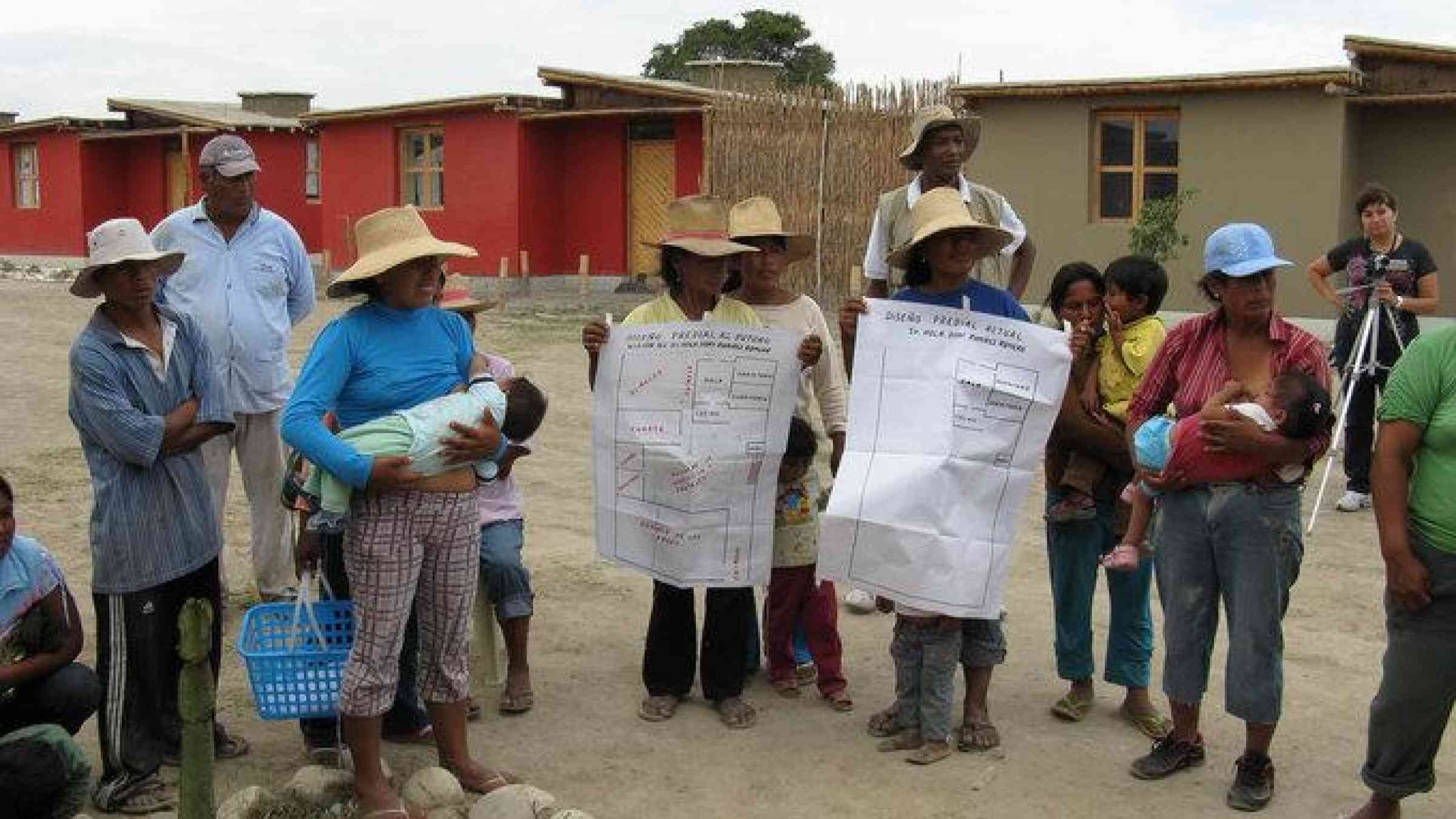We need more media coverage of disaster prevention

By Marcus Oxley
Marking International Day for Disaster Reduction, Marcus Oxley argues that we need more media coverage of disasters before – rather than after – they happen. This would make prevention more of a priority, allowing more people to ‘live to tell’.
After big disasters, the world responds with compassion for the victims and the humanitarian assistance machine kicks into gear. National and local governments respond with rescue operations. Other countries offer assistance. International NGOs deploy personnel and provide shelter, food and basic health services. Local and international media show images of the destruction and share victims’ appeals for support with the world. The international public responds with donations to alleviate the suffering of their fellow human beings.
And that is the way it should be. As human beings, it is our duty to do everything in our power to help with rescuing and treating the injured, and support efforts to bring communities back to normality. However, there is a flaw with this system of responding to disasters.